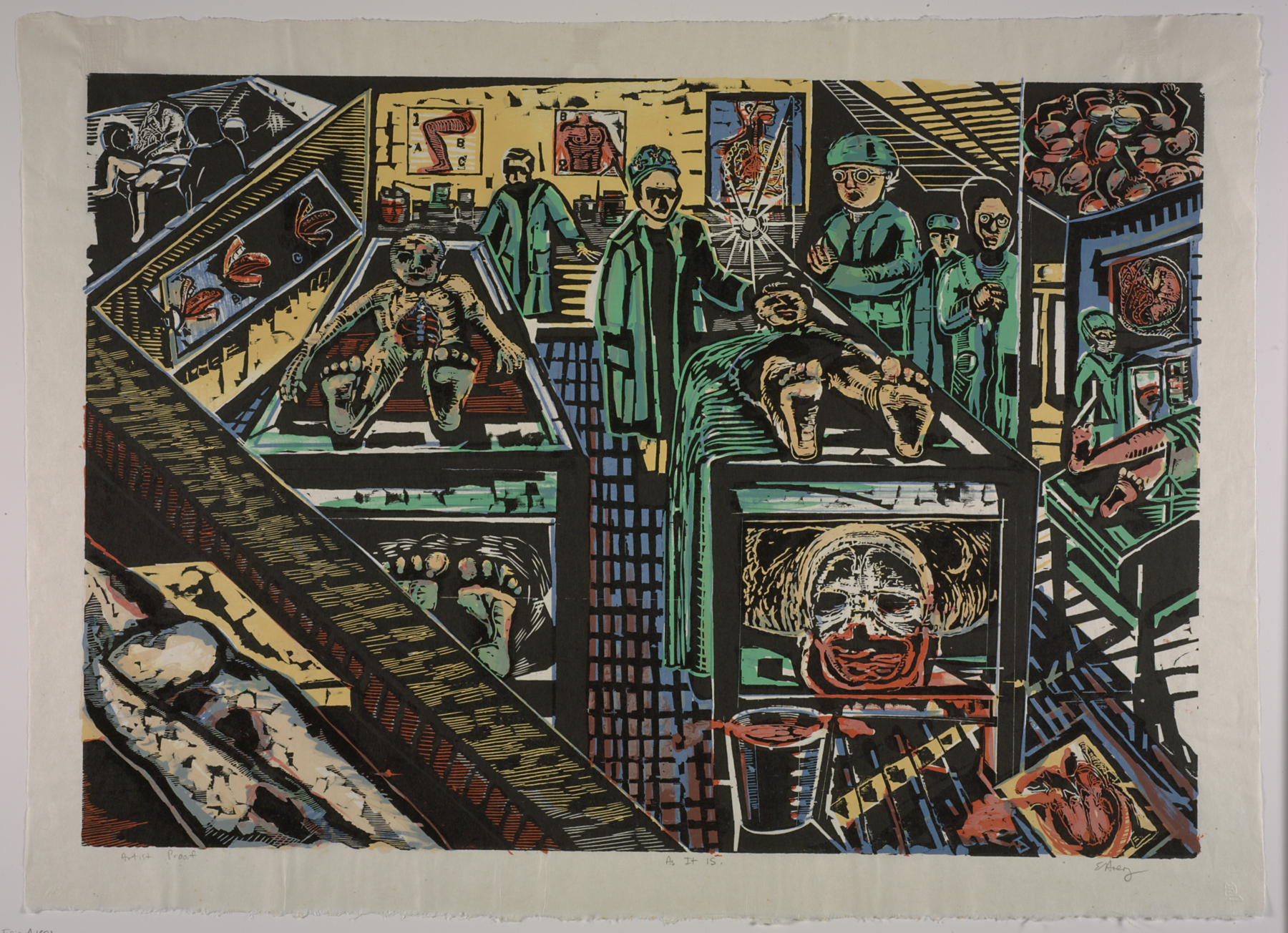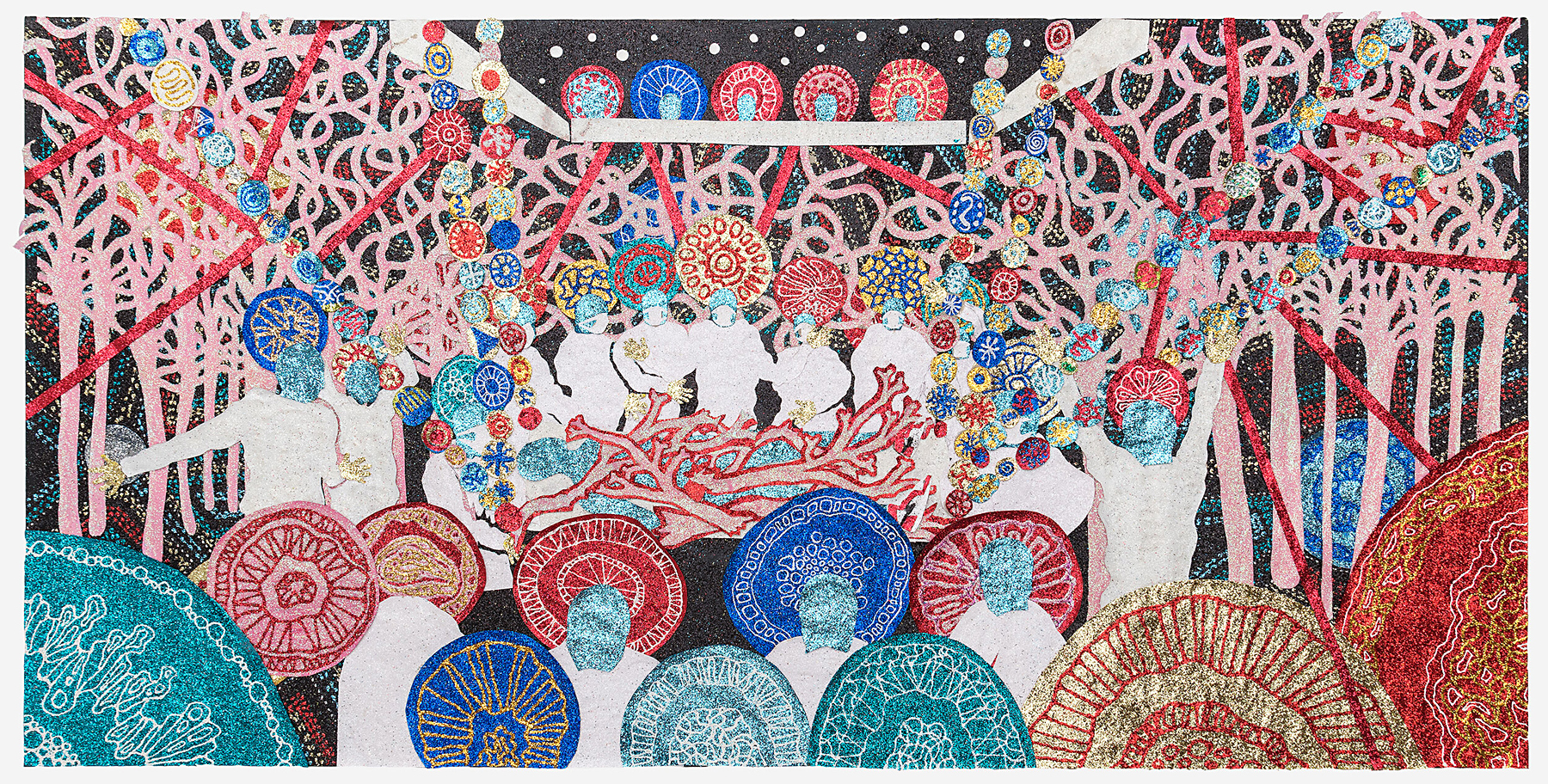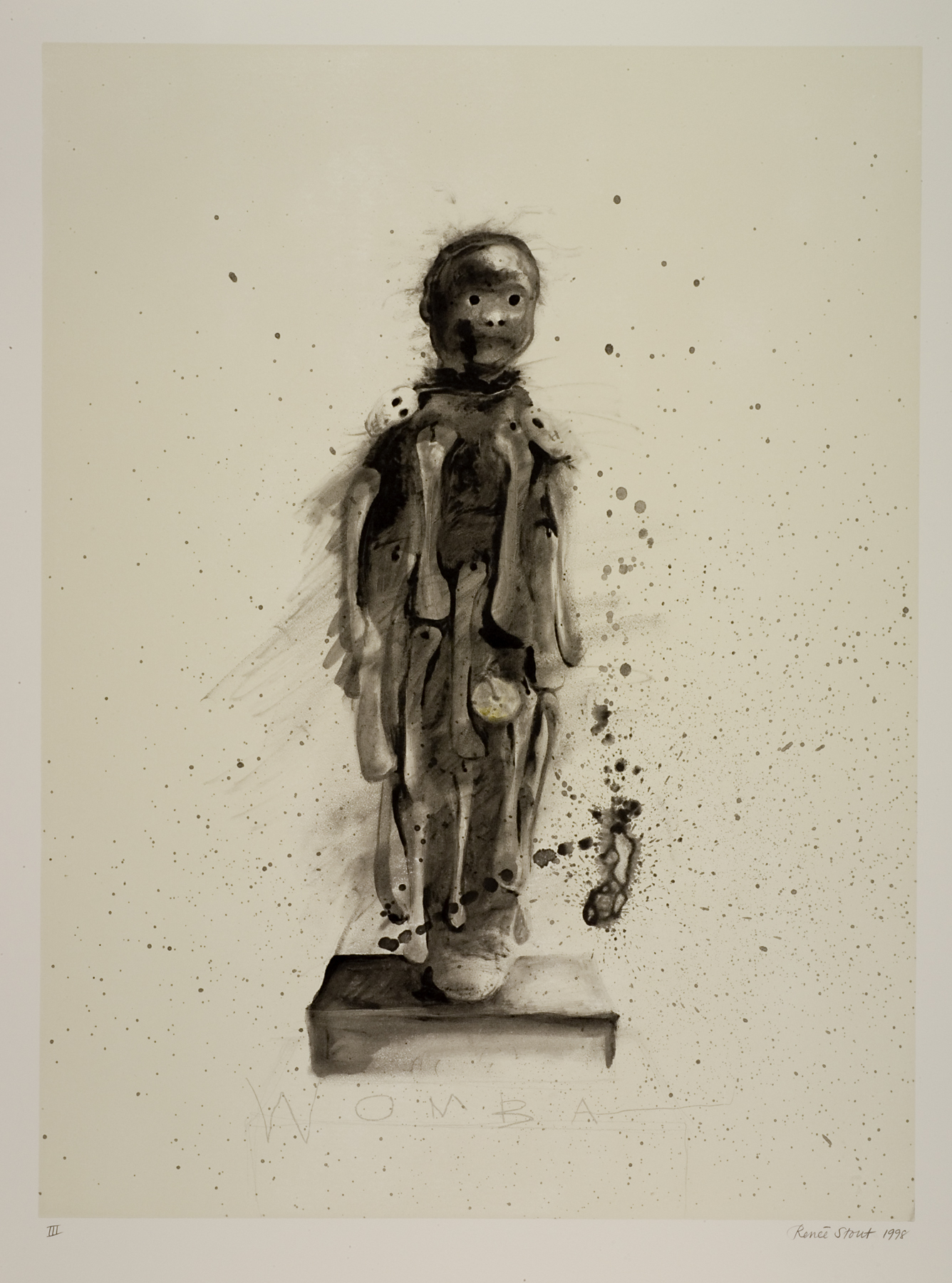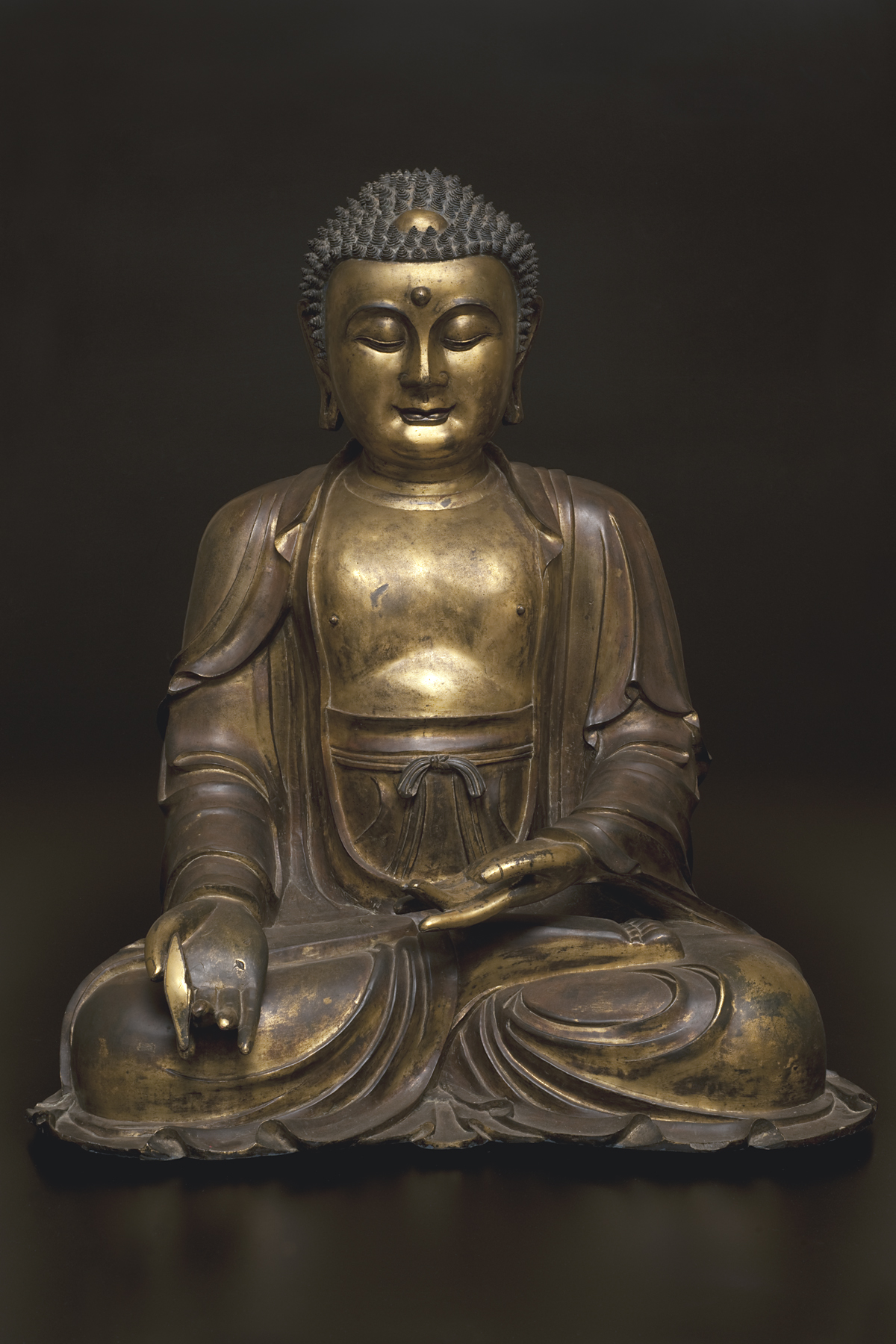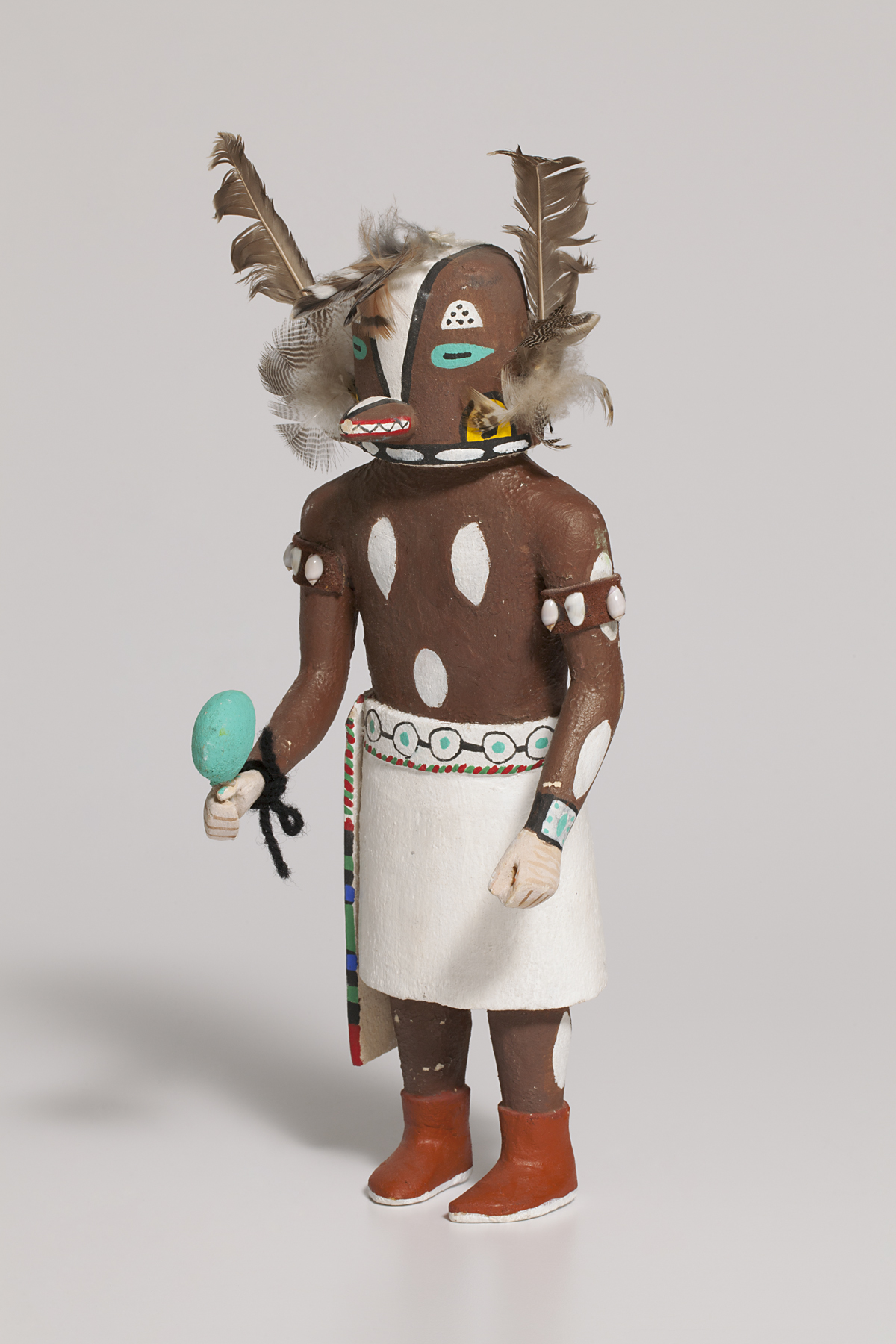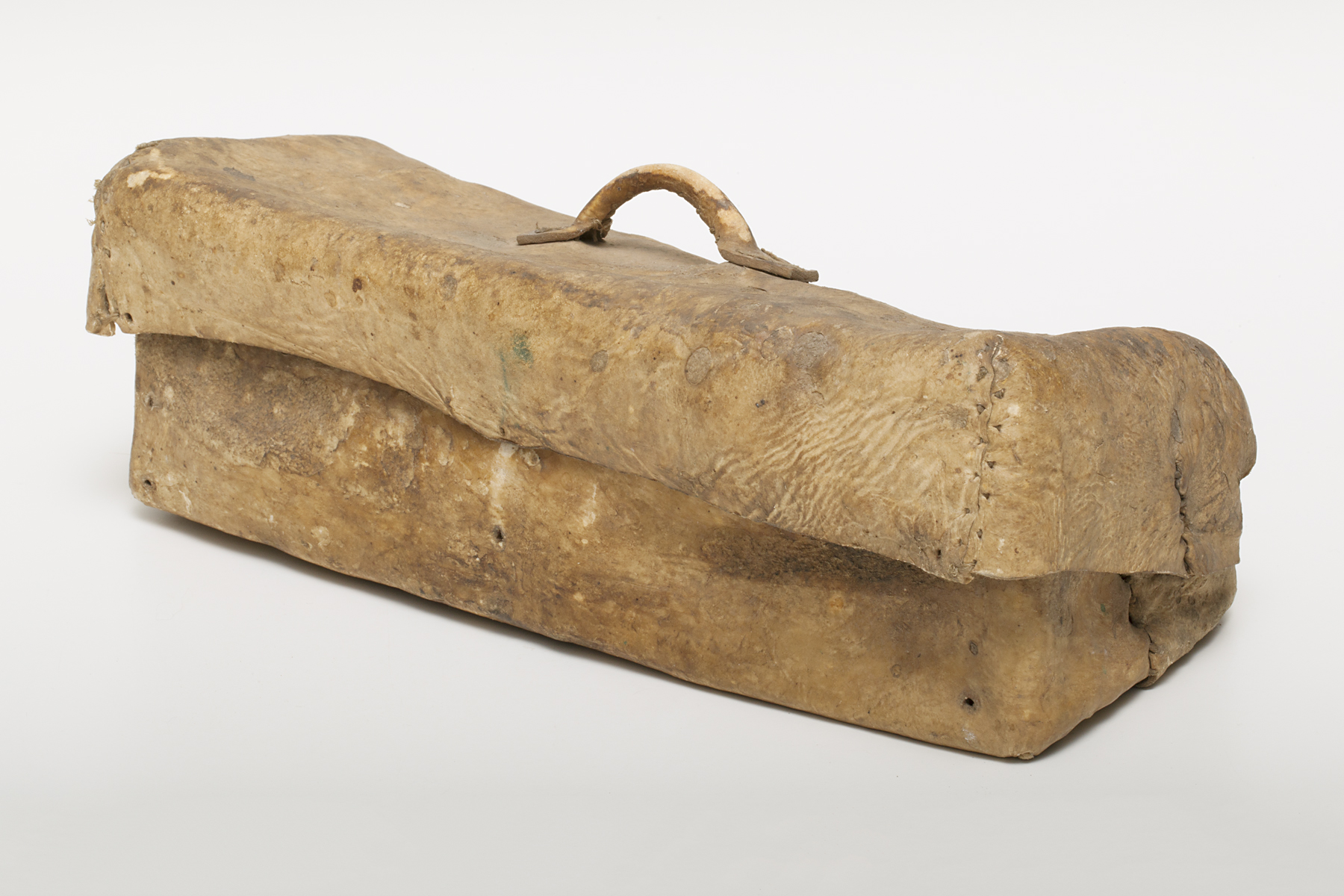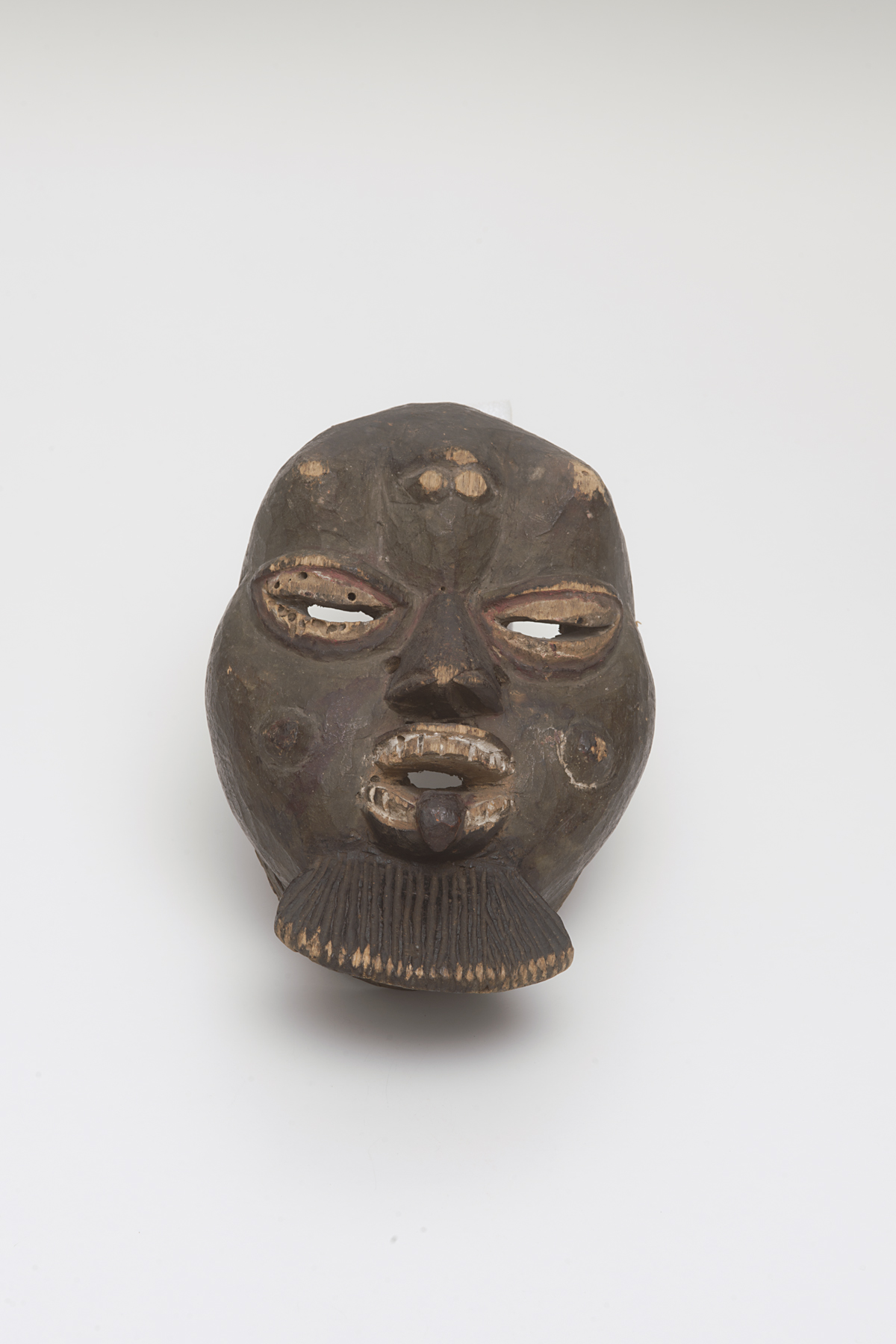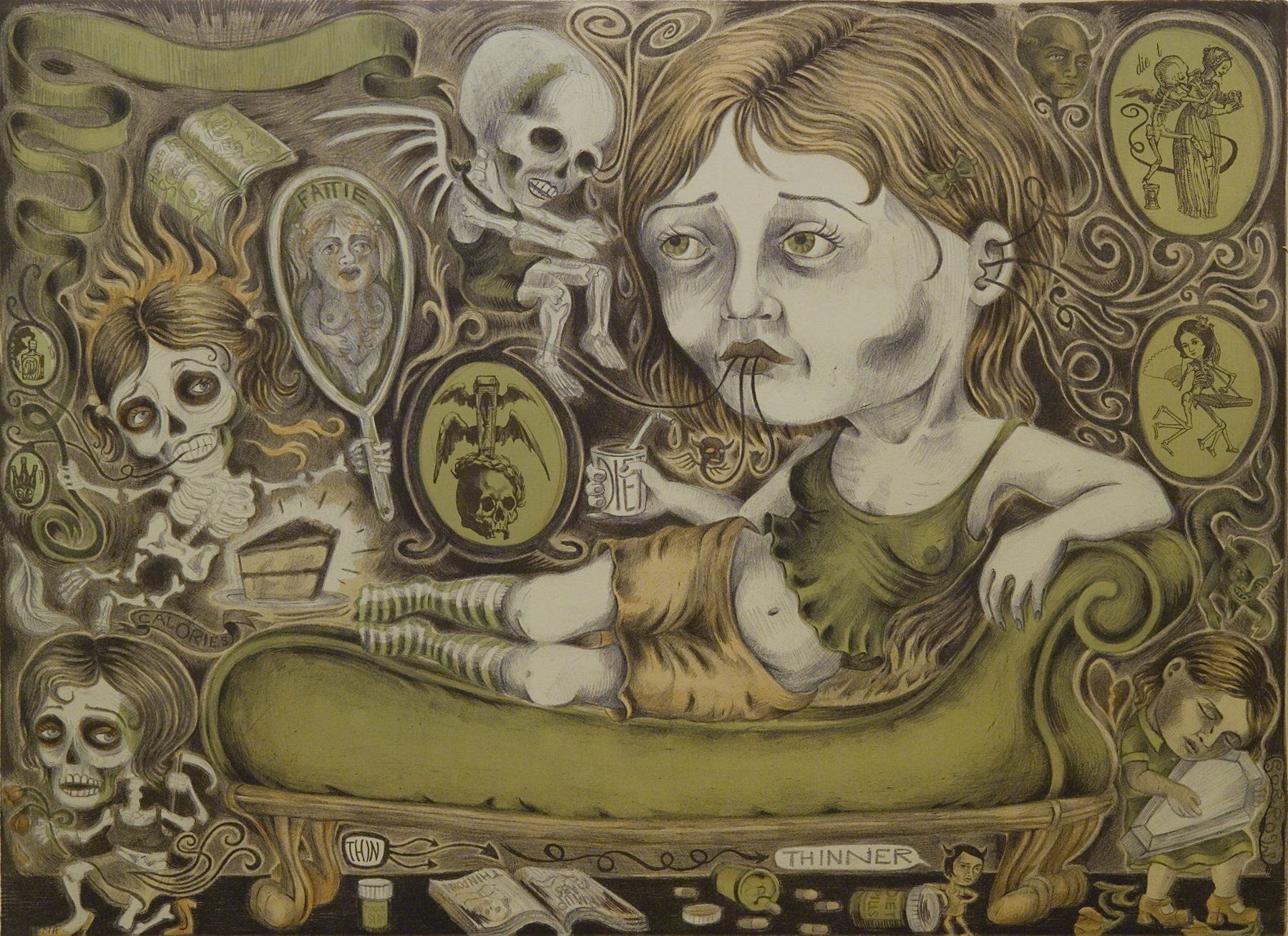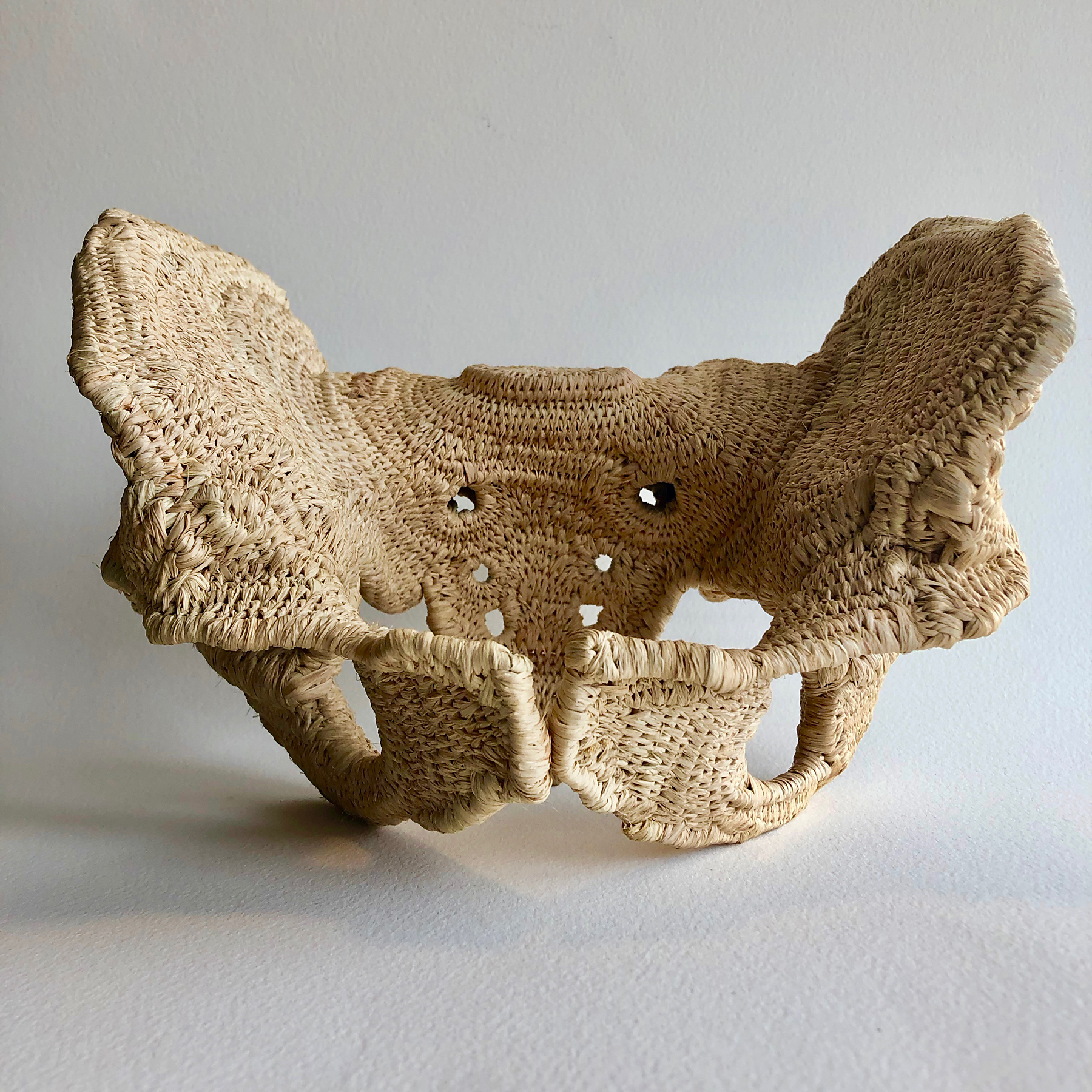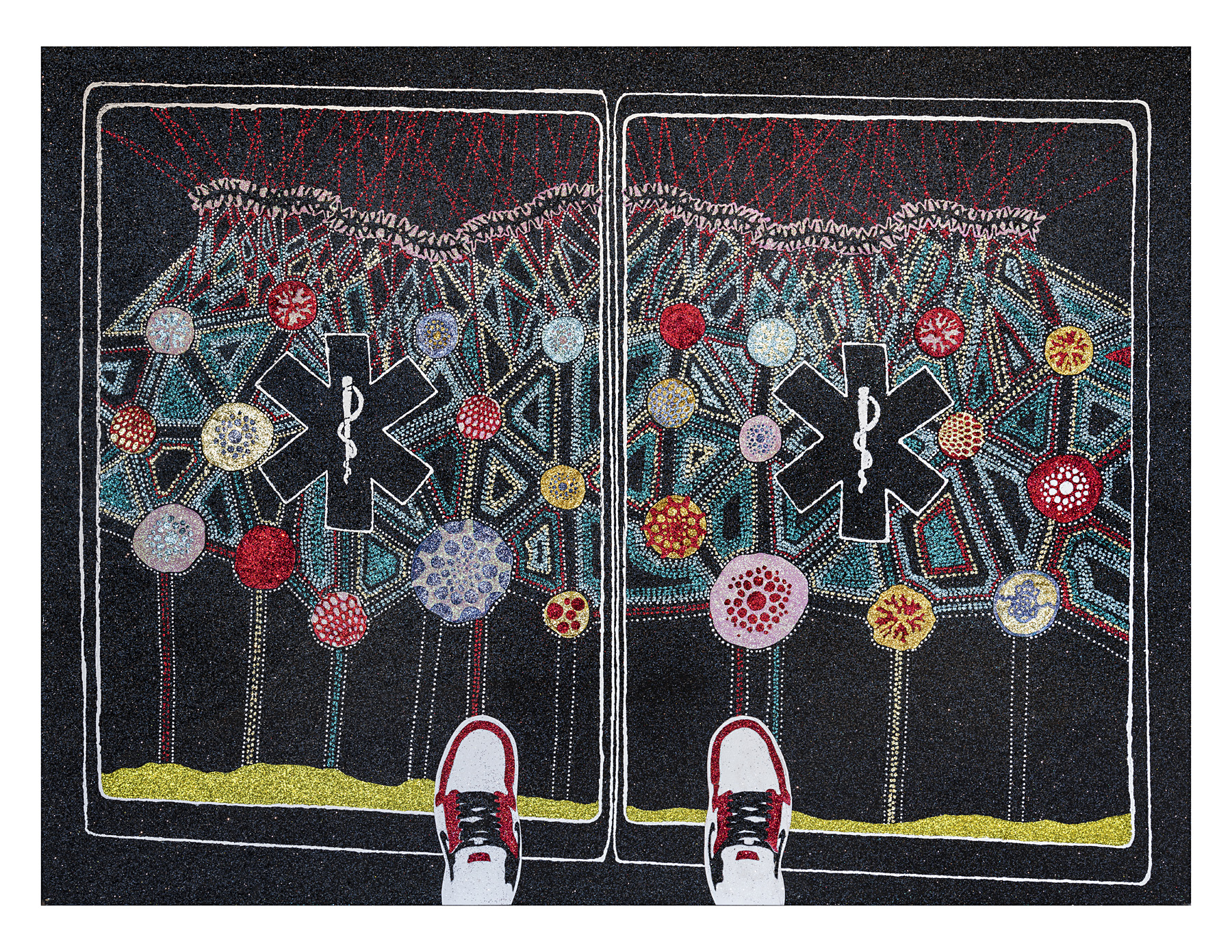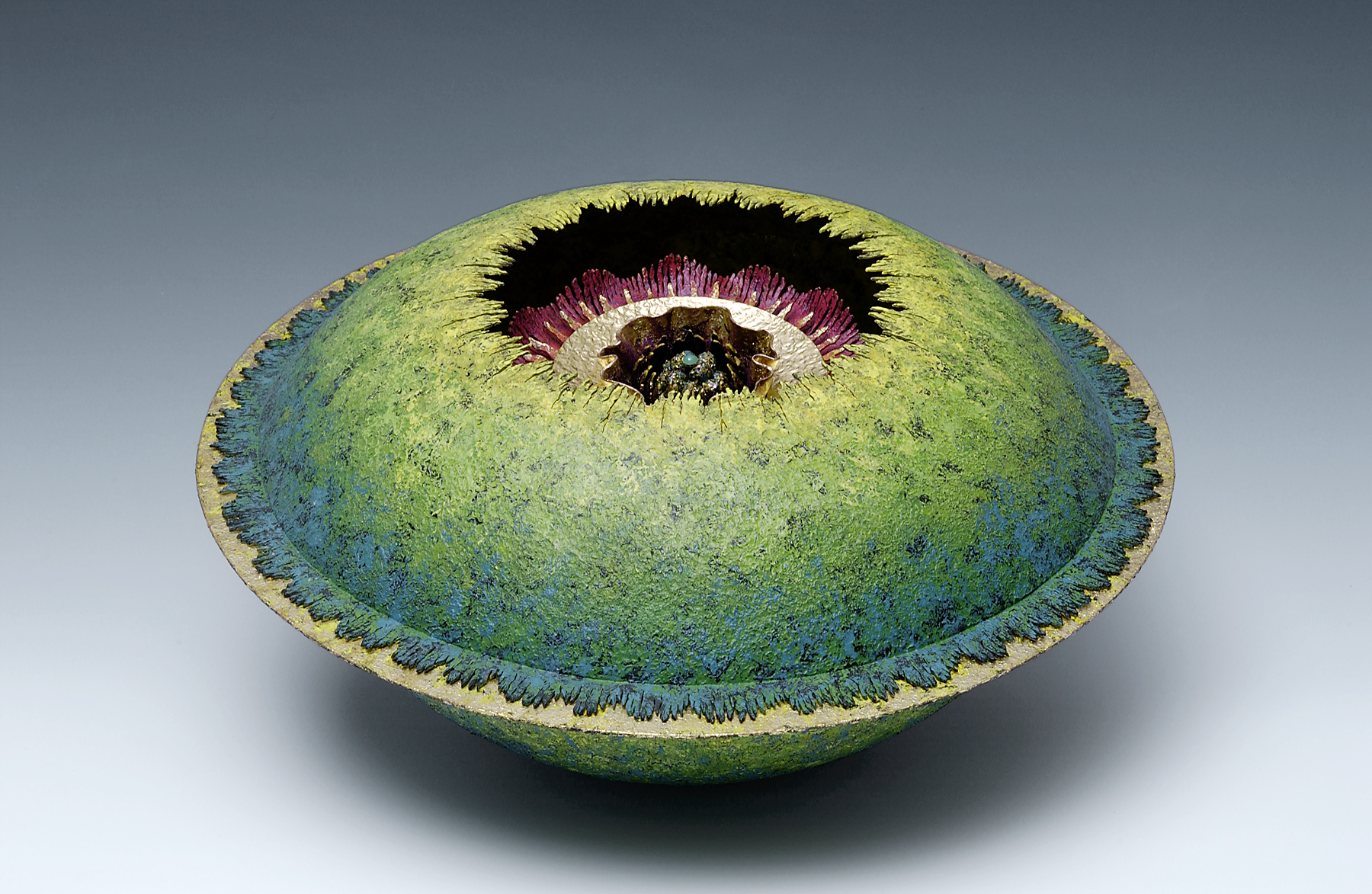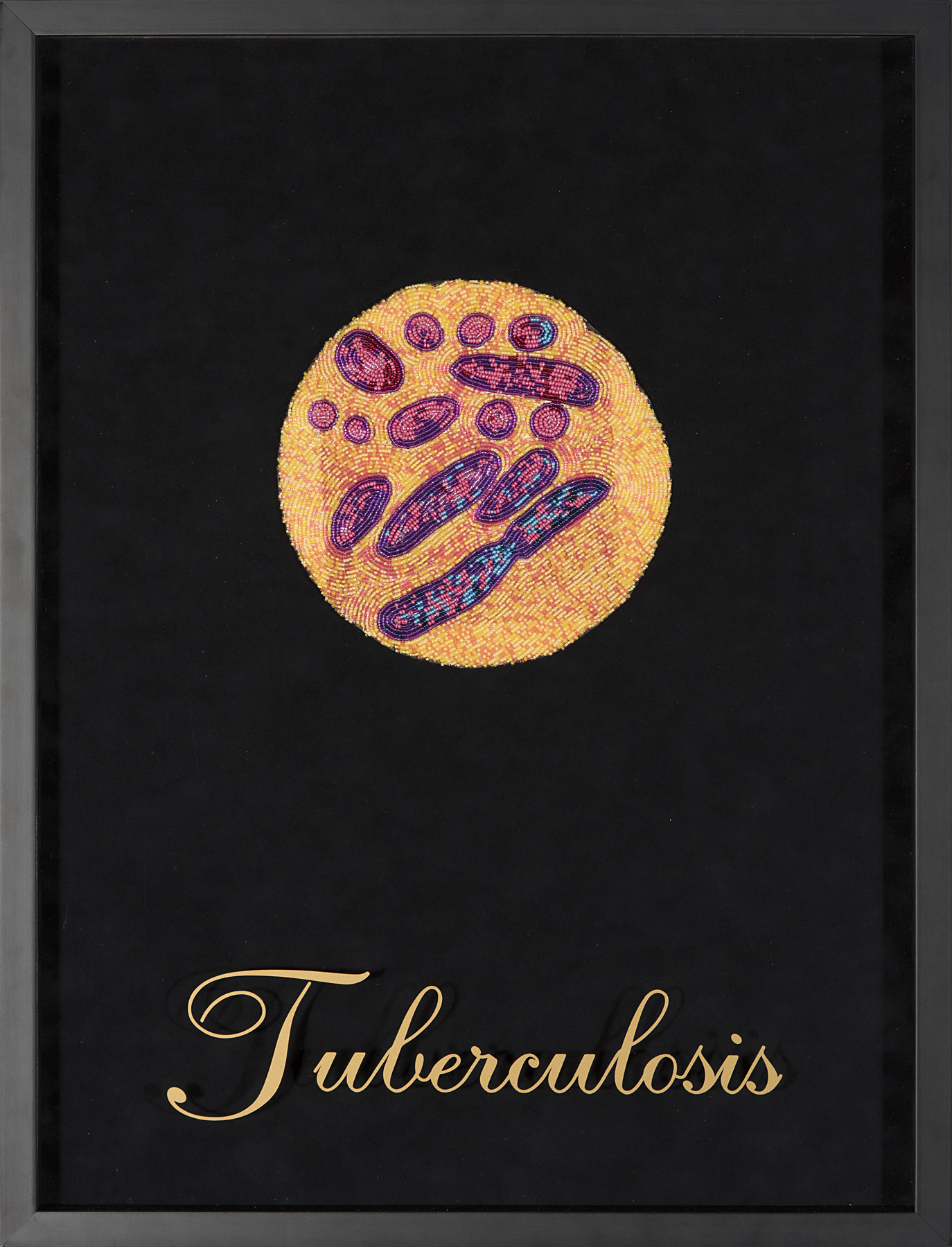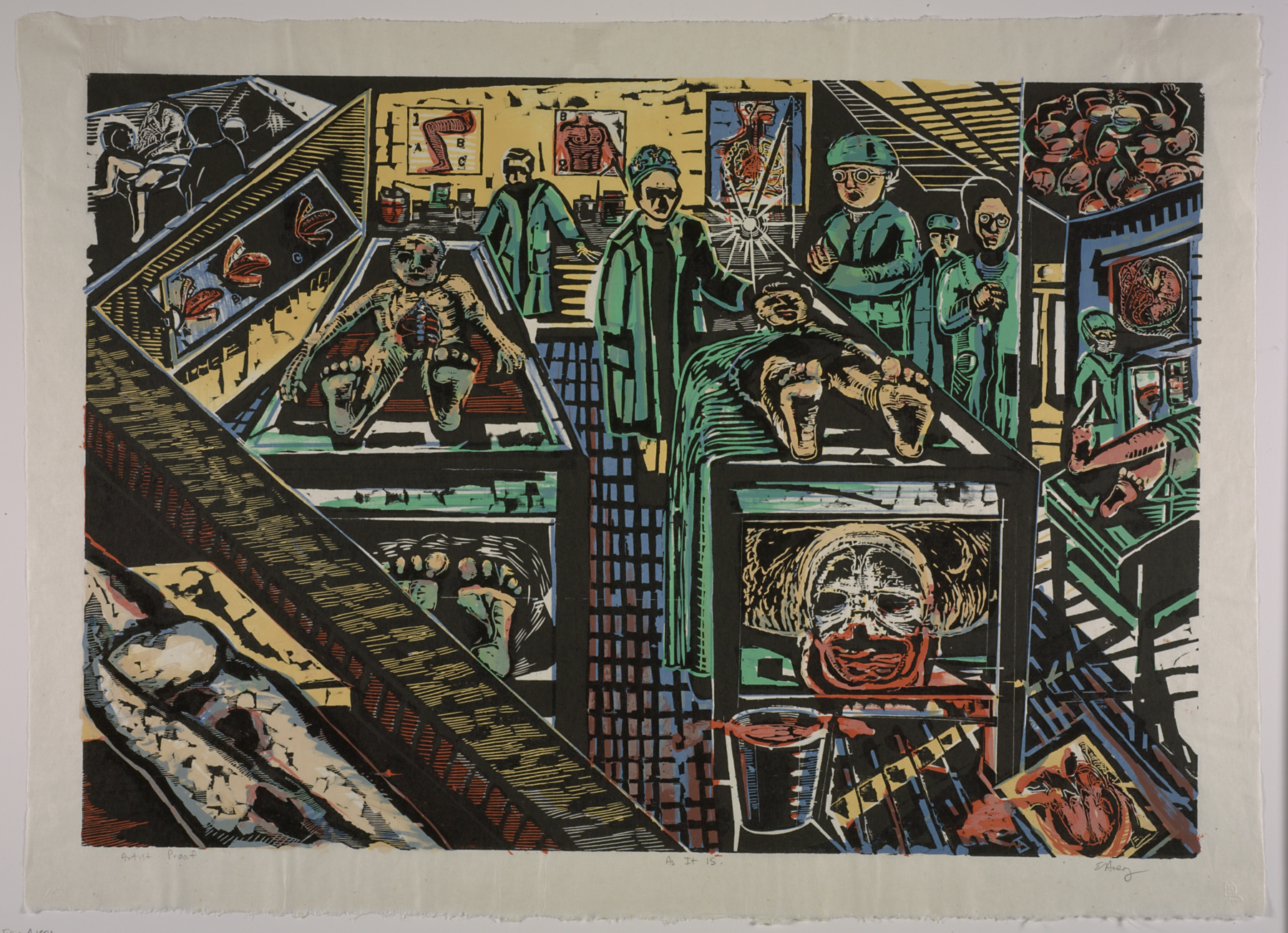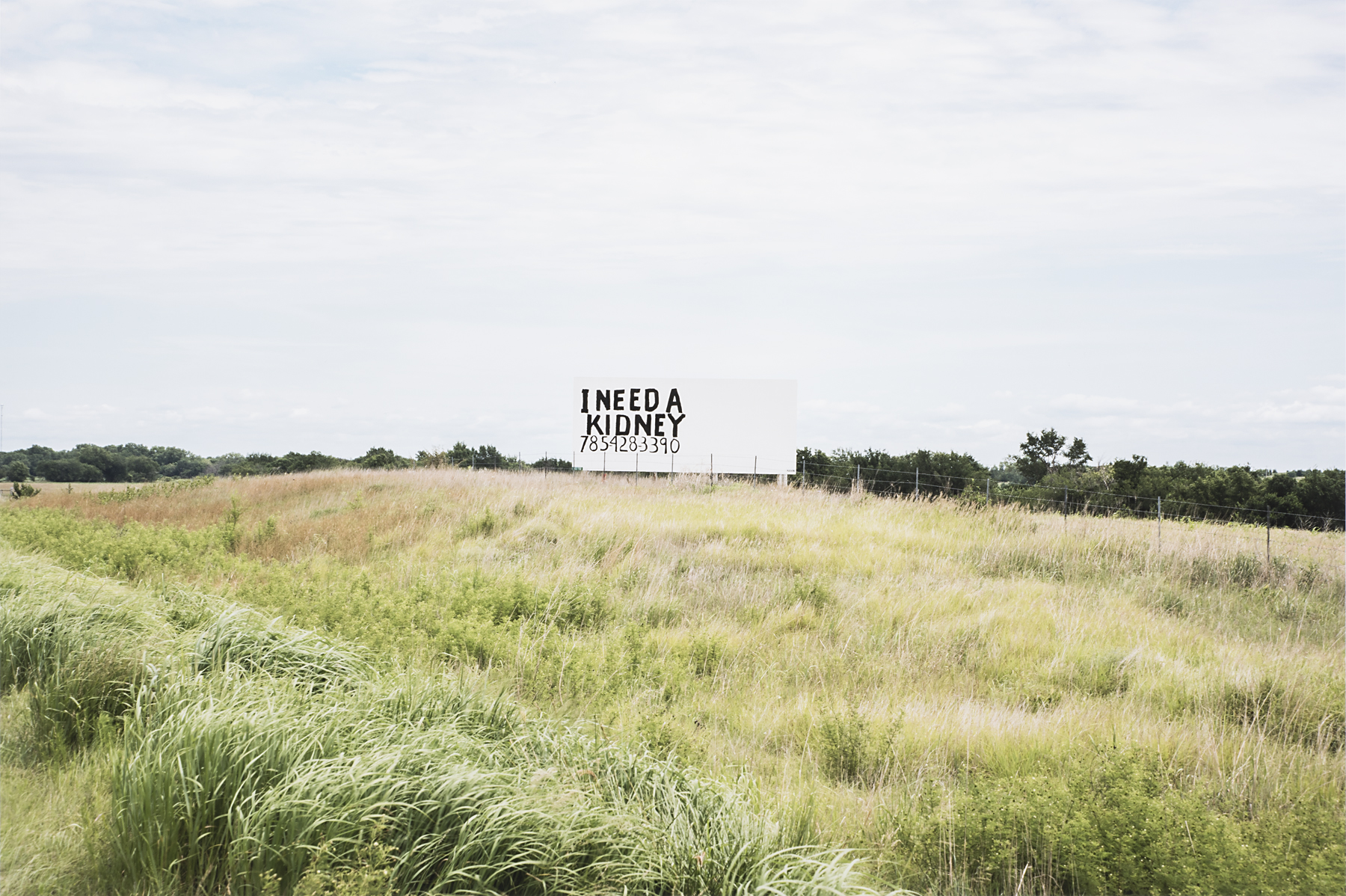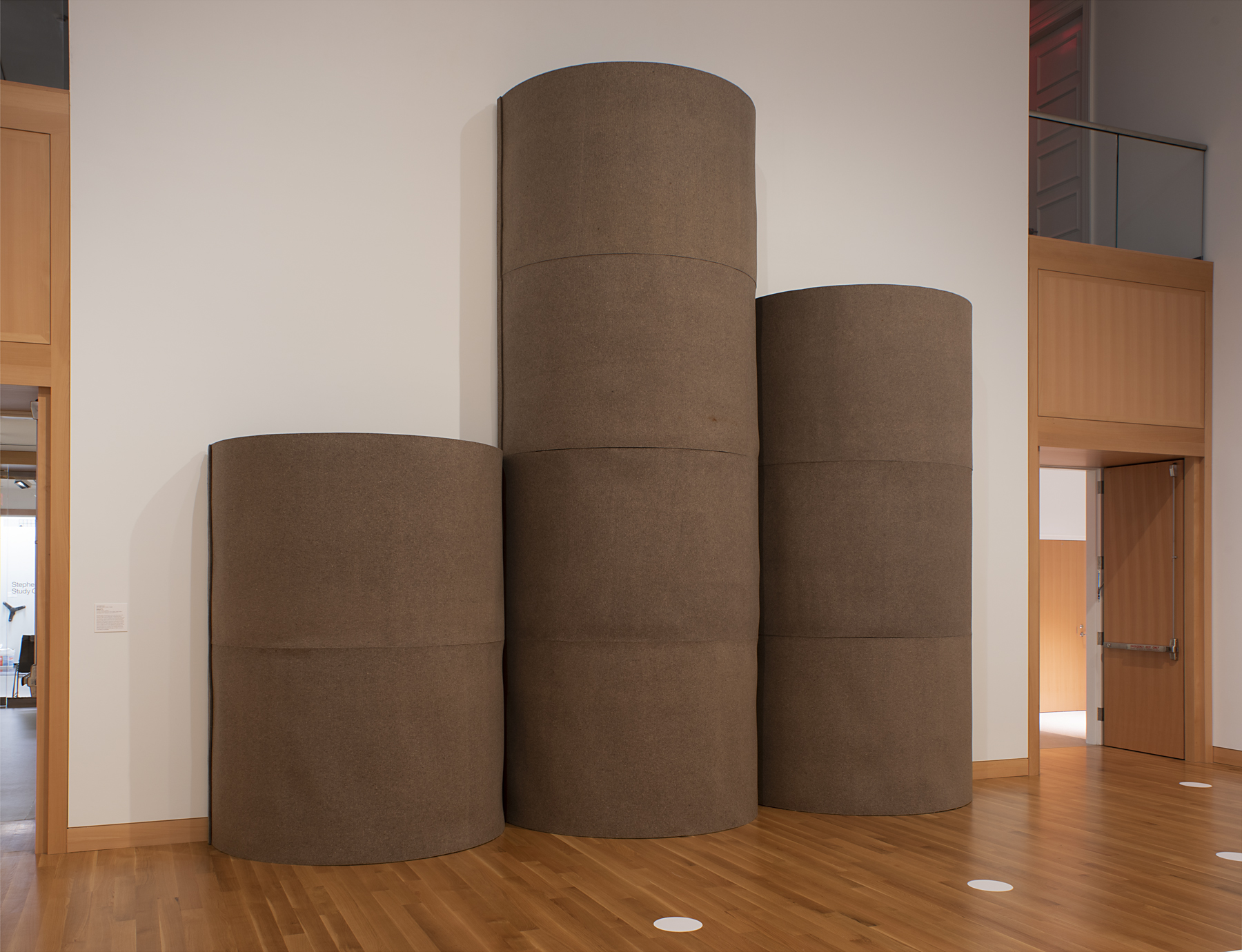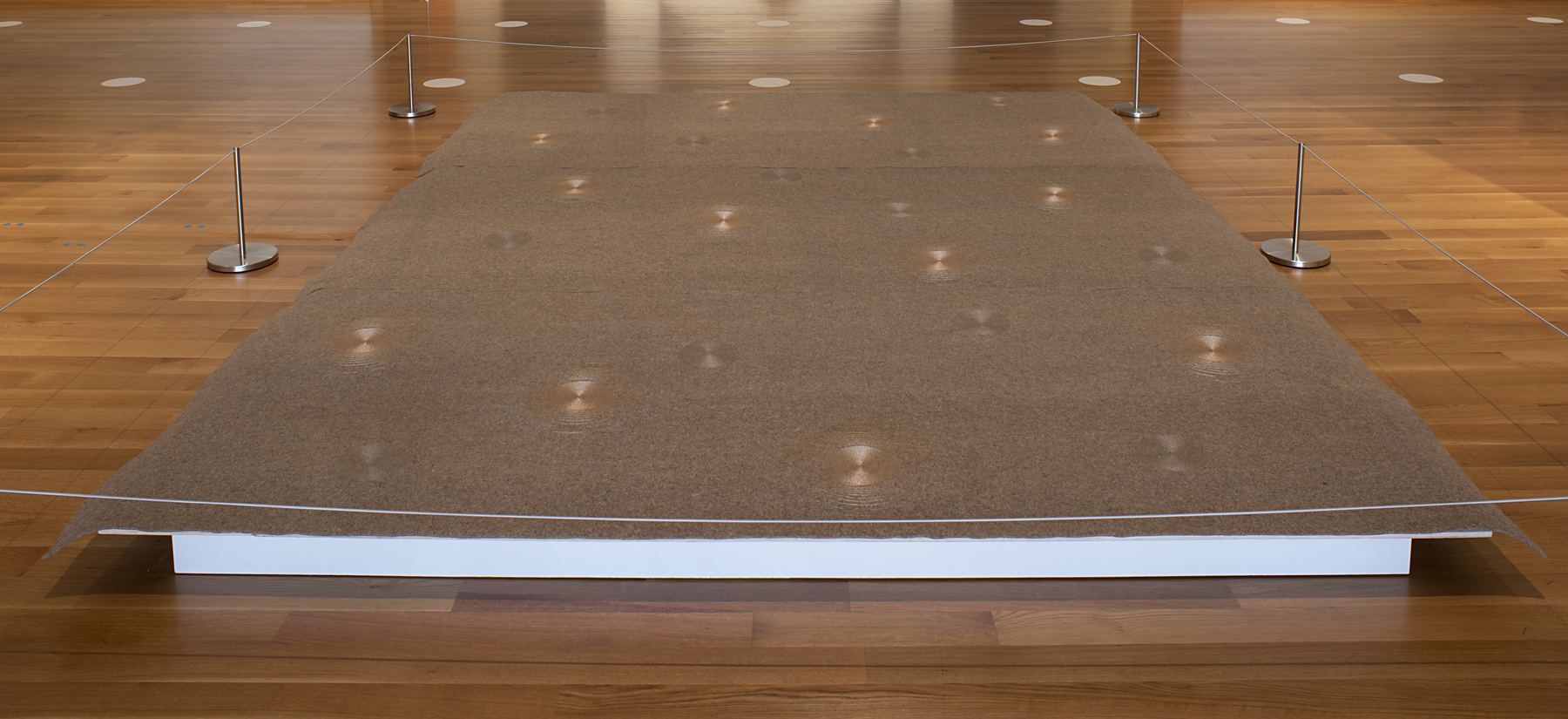HEALING
Bodies can be injured or sick, plagued by physical maladies, psychological distress, and social and environmental ills. People seek advice and interventions from healers of all kinds to tend to their bodies. In some cases, healing may entail medical doctors, nurses, hospitals, clinics, and prescription medication; in others it may require the treatments of religious practitioners, medicinal herbs, cultural connection, or even social protest. Healing does not always work, of course, and the encroachment of age—and ultimately death—is inevitable.
Western medicine is a relatively recent invention and is far from the only option for treating ill and ailing bodies. The works of art on this page decenter the Western tradition by exploring healing in its many forms, prompting us to ask: How have views about healing the body shifted through time and across cultures? What social, political, and economic dimensions accompany the treatment of the body, and how are they addressed—or ignored—in healing practices?
Bodies can be injured or sick, plagued by physical maladies, psychological distress, and social and environmental ills. People seek advice and interventions from healers of all kinds to tend to their bodies. In some cases, healing may entail medical doctors, nurses, hospitals, clinics, and prescription medication; in others it may require the treatments of religious practitioners, medicinal herbs, cultural connection, or even social protest. Healing does not always work, of course, and the encroachment of age—and ultimately death—is inevitable.
Western medicine is a relatively recent invention and is far from the only option for treating ill and ailing bodies. The works of art on this page decenter the Western tradition by exploring healing in its many forms, prompting us to ask: How have views about healing the body shifted through time and across cultures? What social, political, and economic dimensions accompany the treatment of the body, and how are they addressed—or ignored—in healing practices?

